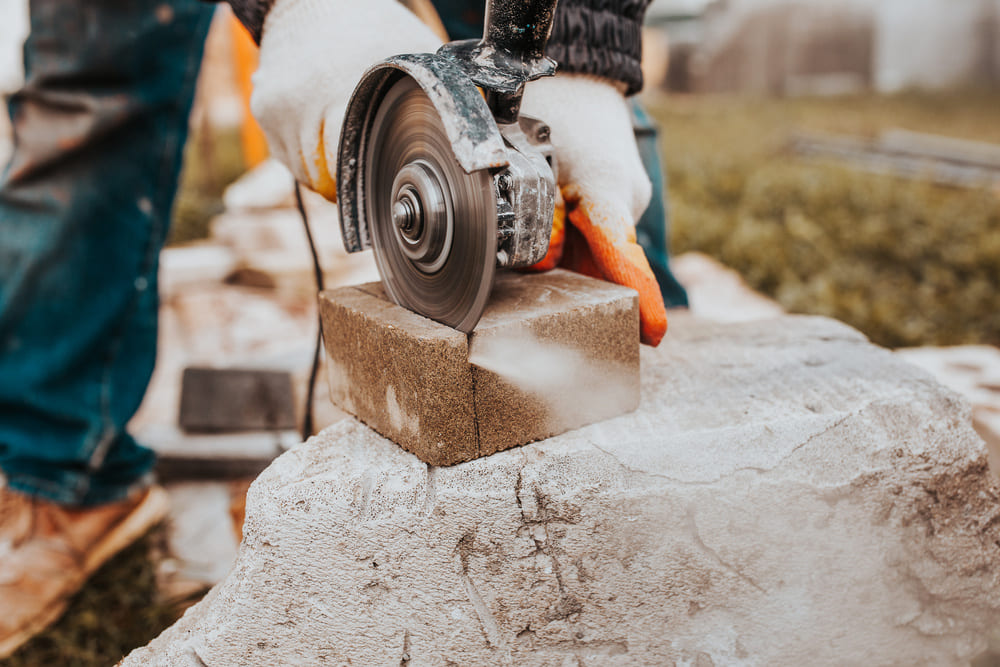The pros make tiling look so easy. They come in, get set up, and start cutting and laying tile right away. What you might not know is just how important quality cuts are. Pros do not take the task of cutting tile lightly, even though they move quickly.
Quality cuts are the key to a quality tiling job. Whether you are just replacing a few tiles or redoing an entire bathroom or kitchen, it all boils down to how you handle cutting. Poor quality cuts will result in a poor-quality look. High quality cuts will lead to a professional look.
Start with the Right Tools
Tile jobs are no different than any other home improvement tasks in the sense that you need to start with the right tools. Assuming you have invested in a high-quality ceramic tile, you are not going to cut it with a jigsaw and a cheap two-dollar blade.
A simple glass cutter is sufficient for replacing one or two broken tiles. It is not the right tool for any tiling job involving a dozen or more tiles. For a big job, you need a wet saw and diamond tile blades. Needless to say, diamond blades cut through the hardest of materials while leaving a clean, straight edge behind.
In addition to a wet saw and tile diamond blades, you will also need:
- a carpenter’s square
- a rubbing stone
- a glass cutter
- a pencil
- work gloves
- eye protection.
Be especially careful about work gloves and safety glasses. Do not try to get by without them. As good as wet saws and diamond blades are at making clean cuts, accidents do happen. Pieces of tile can break off and fly in any direction. You need to protect your hands and eyes.
Measure Twice, Cut Once
Whether you have to cut two or three tiles or hundreds of them, never forget the number one rule of measuring and cutting: measure twice, cut once.
Unlike drywall and wood, ceramic tile is terribly unforgiving. You cannot undo a messed-up cut. You also can’t cover it up with drywall cement or trim. If you don’t get the cut right, you have wasted a valuable piece of tile.
Take your first measurement on the floor. Then measure and mark the tile. Pause for a second before going back and repeating the process a second time. Measuring twice is an easy way to double check your original measurements so that you don’t make a mistake.
When You’re Ready to Cut
Assuming you are using a wet saw and tile blade, cutting the tile is pretty straightforward. A table-mounted saw should offer a guide you can hold the tile against with one hand while swinging the blade down with the other.
Because Devour diamond blades can be run wet or dry, you can cut tile with an angle grinder while maintaining a dry environment. The key to cutting dry is to firmly secure the tile before you begin cutting. Remember that diamond blades don’t really cut. They actually grind material away.
Secure your marked tile in place and start the grinder. Gradually work the blade down and into the material and then let it do the work. Your main task is to keep a steady hand so that the blade doesn’t wonder. Never try to force the blade when you’re using an angle grinder.
Regardless of how you cut, use the rubbing stone to smooth the edges of the cut surface. Now you are ready to put the tile in place. Just remember that a quality cut leads to a good end result.



